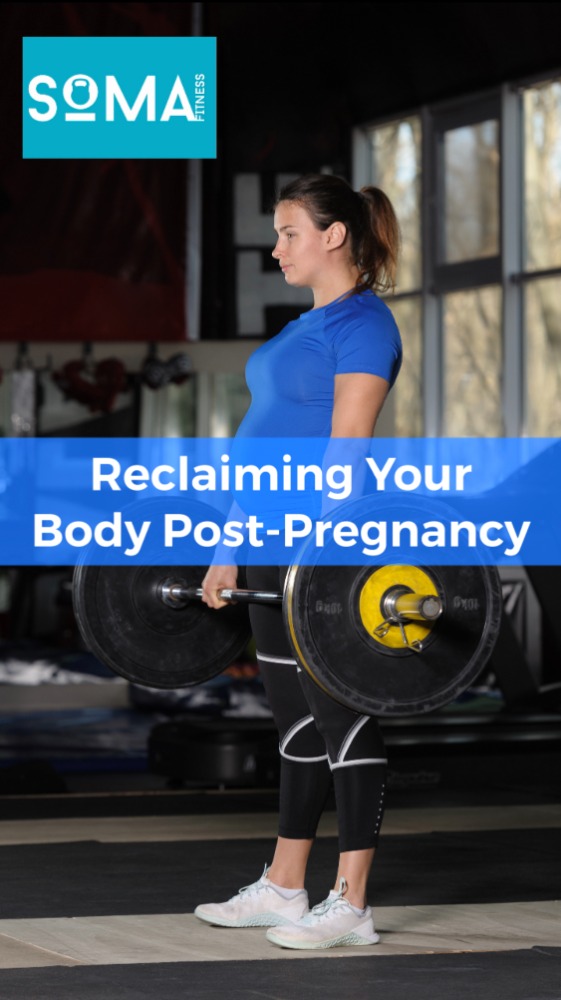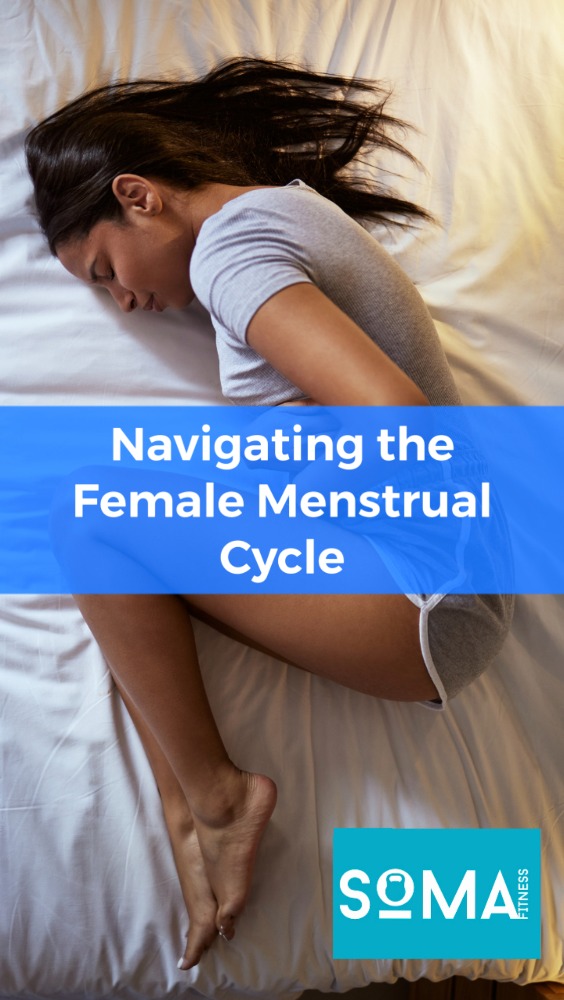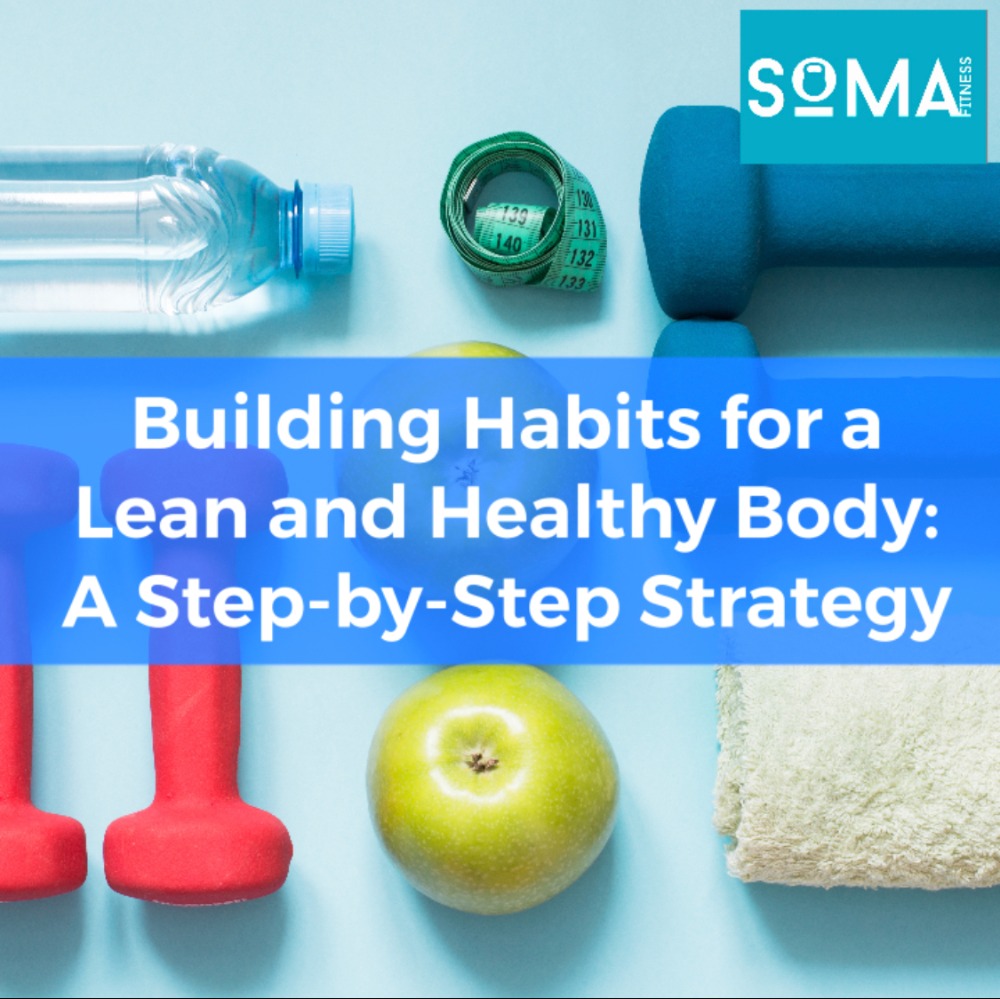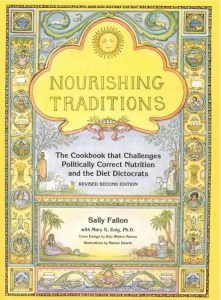Reclaiming Your Body Post-Pregnancy
Working as a personal trainer for the past 17 years I have been blessed to be a part of some life’s wonderful journeys with my clients. I have seen whole families created as I have trained mothers both during pregnancy and post pregnancy.
The journey of pregnancy and childbirth is a miraculous experience, but it can also take a toll on your body. As you embark on the beautiful phase of motherhood, it’s natural to desire a reclaim your pre-pregnancy body. However, it’s important to approach post-pregnancy training with patience, understanding, and a focus on your overall well-being to be the strongest healthiest mum possible. In this article, we’ll discuss effective strategies to help you regain your strength, tone your body, and address some common post-pregnancy challenges.
Embrace the Healing Process:
Your body has just undergone a remarkable transformation and 9 months of creating a human being and giving birth to one, so give yourself time to heal. The first few weeks after childbirth are crucial for recovery. Focus on rest, hydration, and high quality nutrition. Allow your body to adjust to its new normal before embarking on any rigorous fitness routine. Remember, being a mum is a full-time job in itself, and self-care is essential for both you and your baby.
Pelvic Floor Strengthening:
During pregnancy, your pelvic floor muscles undergo significant strain. Strengthening them is vital for post-pregnancy recovery. Simple exercises like Kegels can help re-engage and tone your pelvic floor muscles. Gradually progress to exercises such as squats, lunges, bird-dogs, glute bridges, and planks, with the guidance of a qualified personal trainer. Strengthening your core will also improve your lumbar spine and pelvis stability after the surge of relaxin hormone that is produced to relax your muscles and connective tissue to prepare your body for pregnancy. Stable pelvis and spine muscles not only improve bladder control but also provide a solid foundation for other exercises as you progress your movements.
Cardiovascular Fitness:
Low intensity aerobic capacity is excellent for shedding post-pregnancy weight and boosting your overall foundation of aerobic fitness levels. Building your aerobic base will help you with your recovery in-between sets when you get back on the gym floor and allow you to have the capacity to progress to higher intensities. Begin with low-impact activities like walking, stair-master, swimming, or cycling. These activities are gentle on your joints and work well at lower intensities. As your endurance improves, you can incorporate more challenging exercises like running or HIIT. Remember to listen to your body and gradually increase the intensity and duration of your workouts.
Resistance Training:
Regaining strength is crucial for a strong healthy, toned body. Resistance training not only improves muscle tone but also helps with weight loss and bone density, resistance training is the most powerful way to improve your physique and the aesthetical appearance of your body. If you’re training at home start with bodyweight exercises such as squats, lunges, push-ups, and modified planks. Ideally you want to get into a gym where you have access to more tools to help you with a job but I understand that can be difficult when you have a new born baby in the house. If you are training at home invest in some dumbells and resistance bands so as your strength increases, you can incorporate your resistance training using dumbbells and resistance bands. Keep your tempos controlled of each movement and focus on the quality of your reps over quantity. Consult a personal trainer to ensure proper form and exercise execution and to prevent injury. Keep your reps controlled and progress your movements as your body adapts to the stimulus it’s important to be patient and allow for enough recovery in between your sets and also your sessions.
Mindful Nutrition:
Eating a balanced and nutritious diet is key to post-pregnancy weight loss. Focus on nutrient dense foods, variety of proteins (fish, chicken, red meat) fruits, vegetables, root vegetables, and healthy fats. Avoid crash diets or severely restricting calories, as they can negatively impact your energy levels and milk supply if breastfeeding. Focus on your training and increased calories till you build your strength and fitness back up before allowing for a calorie deficit. Opt for smaller, frequent meals to maintain steady energy levels throughout the day. Stay hydrated and consider consulting a personal trainer for a more personalised and bespoke strategy.
Building a Support System:
As a new mum, it’s essential to have a support system in place. Reach out to other mums, and seek guidance from a qualified personal trainer. Within our private facility we have the opportunity to perform group sessions with a few local mums which has worked really well for them and provided them with a solid support network. Having a network of like-minded individuals can provide emotional support, motivation, and a safe space to discuss common challenges faced during this phase. If it’s your first time find some more experienced mums and pick their brains for ideas and troubleshoot with them.
Balancing Motherhood and Fitness:
Finding time for yourself as a new mum can be challenging. A common strategy that has worked for some of our clients is incorporating fitness into your daily routine by utilising small pockets of time. Include your baby in your workout by going for walks with a stroller, doing baby-friendly exercises little and often while at home. Remember, even short bursts of exercise can have a significant impact on your physical and mental well-being. Using your baby to do squats and lunges is a great way to bond with your baby and teach them from a young age the importance of exercise.
Reclaiming your pre-pregnancy body is a personal and unique journey for every woman. Approach post-pregnancy fitness with patience, self-compassion, and a focus on overall health. Be patient and listen to your body, be consistent with your efforts, and celebrate the milestones along the way. Remember, you’re not just working towards a physical transformation, you’re nurturing a strong and resilient body that will support you through the beautiful journey of motherhood. If this article is resonating with you at this moment in time all the best of luck on your journey with motherhood.











Recent Comments